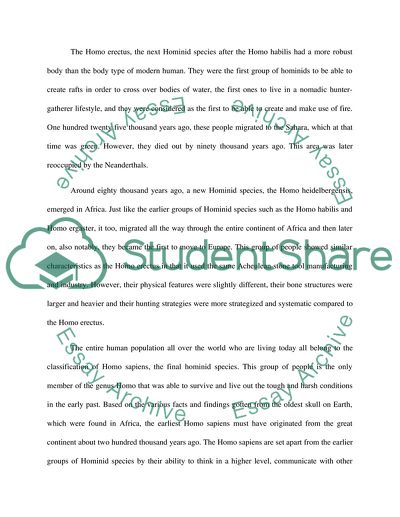Cite this document
(First Migration of Humans Research Paper Example | Topics and Well Written Essays - 1750 words - 1, n.d.)
First Migration of Humans Research Paper Example | Topics and Well Written Essays - 1750 words - 1. Retrieved from https://studentshare.org/anthropology/1751469-first-migration-of-humans
First Migration of Humans Research Paper Example | Topics and Well Written Essays - 1750 words - 1. Retrieved from https://studentshare.org/anthropology/1751469-first-migration-of-humans
(First Migration of Humans Research Paper Example | Topics and Well Written Essays - 1750 Words - 1)
First Migration of Humans Research Paper Example | Topics and Well Written Essays - 1750 Words - 1. https://studentshare.org/anthropology/1751469-first-migration-of-humans.
First Migration of Humans Research Paper Example | Topics and Well Written Essays - 1750 Words - 1. https://studentshare.org/anthropology/1751469-first-migration-of-humans.
“First Migration of Humans Research Paper Example | Topics and Well Written Essays - 1750 Words - 1”, n.d. https://studentshare.org/anthropology/1751469-first-migration-of-humans.


